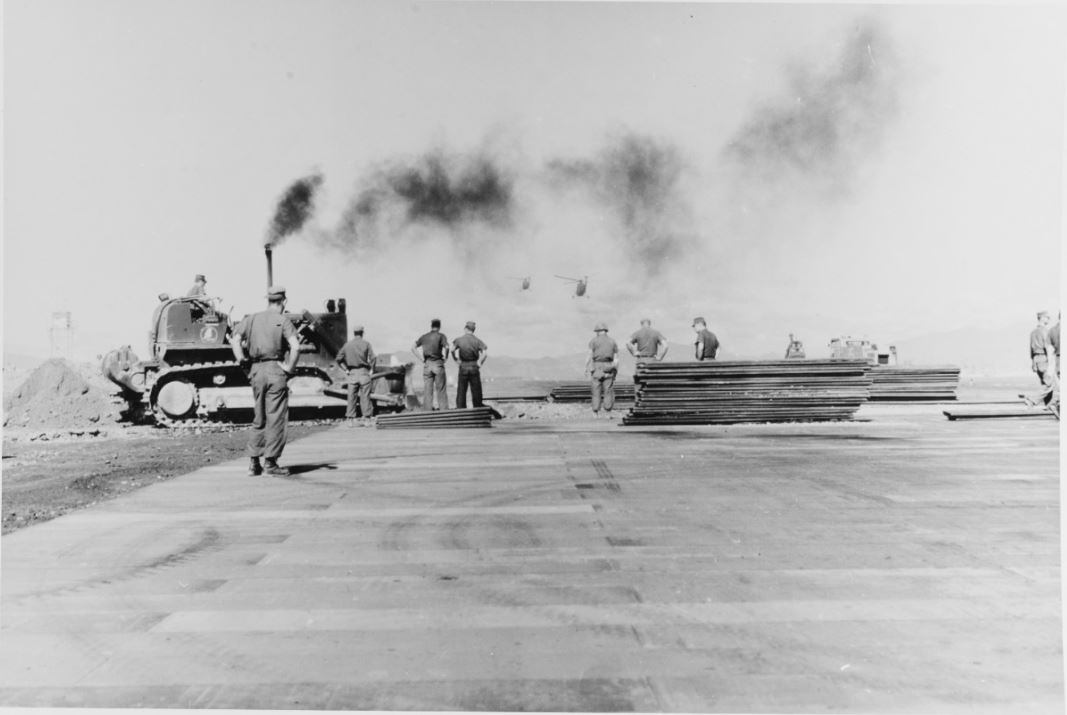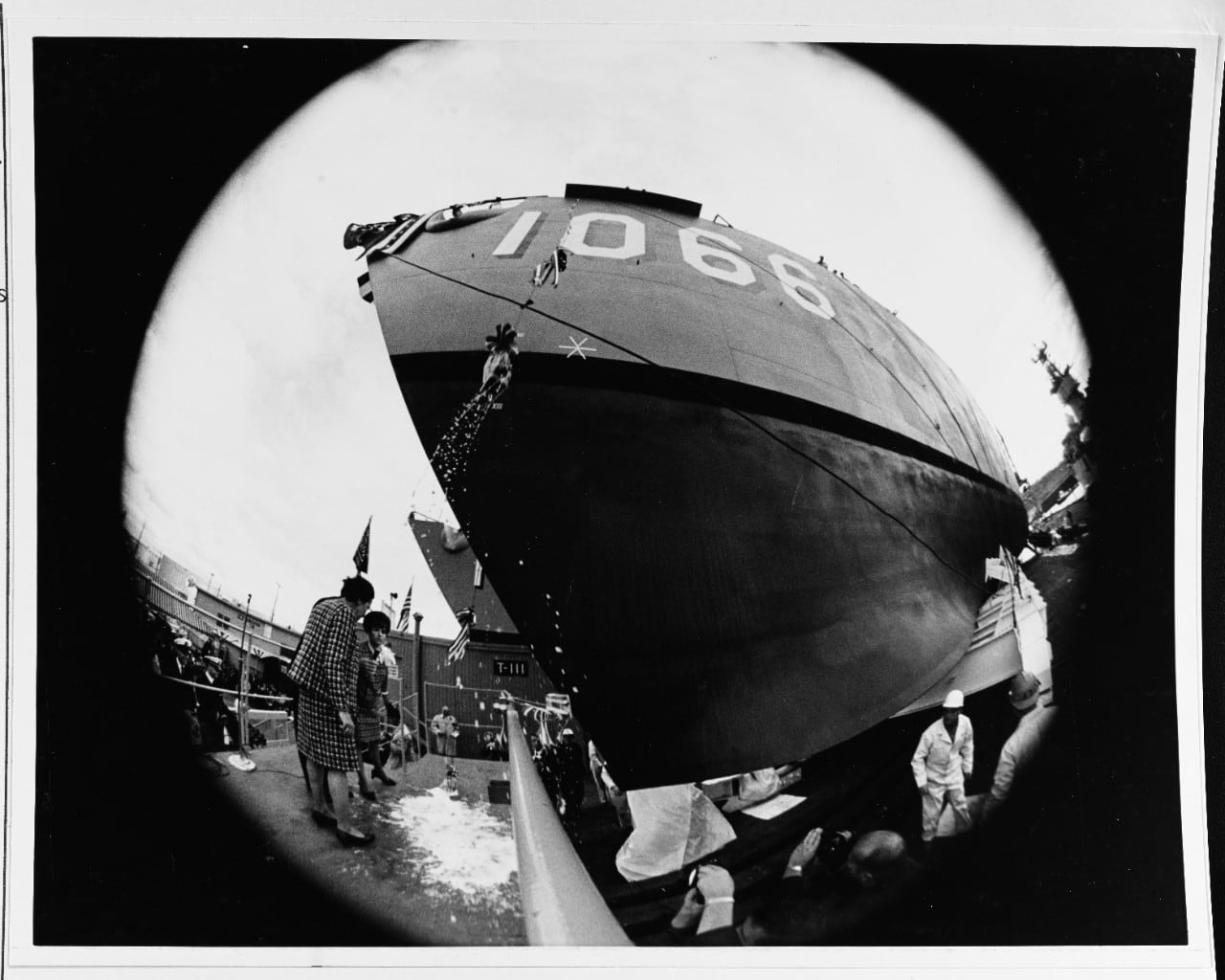The demands of World War II propelled the Navy into realms far beyond traditional surface warfare.
Naval aviation and the submarine force were expanded. Frogmen were organized into Underwater Demolition Teams. And the Navy established construction battalions, or CBs, whose members were called Seabees.
During World War II, Seabees assigned to Marine Corps divisions built support facilities in the rear and advance bases in combat zones.
As early as 1954, Seabees — skilled fighters as well as construction specialists — were among the first Americans sent to Vietnam, initially in small numbers, but their presence increased in 1962 to build camps for Army Green Berets advising the South Vietnamese.
On Feb. 1, 1965, Construction Mechanic 3rd Class Marvin G. Shields deployed to Saigon with Construction Battalion 11. From March to June, the 25-year-old from Port Townsend, Washington, and his fellow Seabees built the Special Forces camp at Ben Soi.
On June 4, the nine men of Shields’ team began constructing a runway for a camp at Dong Xoai, about 50 miles north of Saigon and home to 11 Green Berets of Special Forces Detachment A-342. The base’s defenders included about 400 fighters from local tribes.
RELATED

About a half hour before midnight on June 9, an estimated 1,500-2,000 uniformed soldiers of two Viet Cong regiments attacked the incomplete camp.
Within three hours more than 400 rounds of mortar shells fell on the compound, killing two Green Berets and one Seabee.
Shields was wounded.
As waves of enemy soldiers threw themselves at the protective wall, the Seabee ignored his wound to carry ammunition to his comrades and return fire on the fanatic assaults.
By 2:30 a.m., the VC had fought past the base’s wall, forcing the surviving Green Berets and Seabees to fall back to a large building that was the district headquarters.
Vastly outnumbered, the Americans — now fewer than 20 men — repulsed repeated attacks as VC with machine guns, flamethrowers and explosives swarmed around them.
Shields was wounded a second time as a bullet struck his face, but he battled the enemy for four more hours and stopped firing only long enough to carry a wounded man to a safer place.
Hope for the base’s survival seemed to vanish when the Communists placed a machine gun south of the headquarters building, so close that its heavy fire was especially deadly.
Special Forces 2nd Lt. Charles Quincy Williams, already wounded three times, asked for a volunteer to assist in what seemed to be the suicide mission of knocking out the threat.
Seabee Shields was that volunteer.
Williams got a 3.5-inch rocket launcher, and the two men headed across open terrain to a spot about 165 yards from the VC machine gunner.
Williams fired while Shields loaded, and together they knocked out the enemy gun.
While returning to the building, both men were again wounded. Williams dragged Shields to a sheltered area and then made his way to the building, where others volunteered to bring in the wounded Seabee.
After 12 hours of fighting the VC rushed into the building, forcing the survivors to pull back to two howitzer pits.
Despite the loss of two helicopters shot down in the morning, three unarmed copters braved the melee to fly into Dong Xoai and pick up the remaining Green Berets and Seabees.
After the rescue, five were dead, including Shields and one other Seabee.
Only one of the 15 survivors was not wounded, and 14 of the men who rallied to their rescue were killed or missing.
On June 23, 1966, Williams was called to the White House to receive the Medal of Honor from President Lyndon B. Johnson, the second Medal of Honor of the Vietnam War.
Three months later Williams returned to join the family of Shields as Johnson presented a posthumous medal to the widow of the only Navy Seabee awarded the nation’s highest valor award.

Doug Sterner, an Army veteran who served two tours in Vietnam, curated the Military Times Hall of Valor, the largest database of U.S. military valor awards. This story originally appeared on HistoryNet, a sister outlet to Navy Times.





